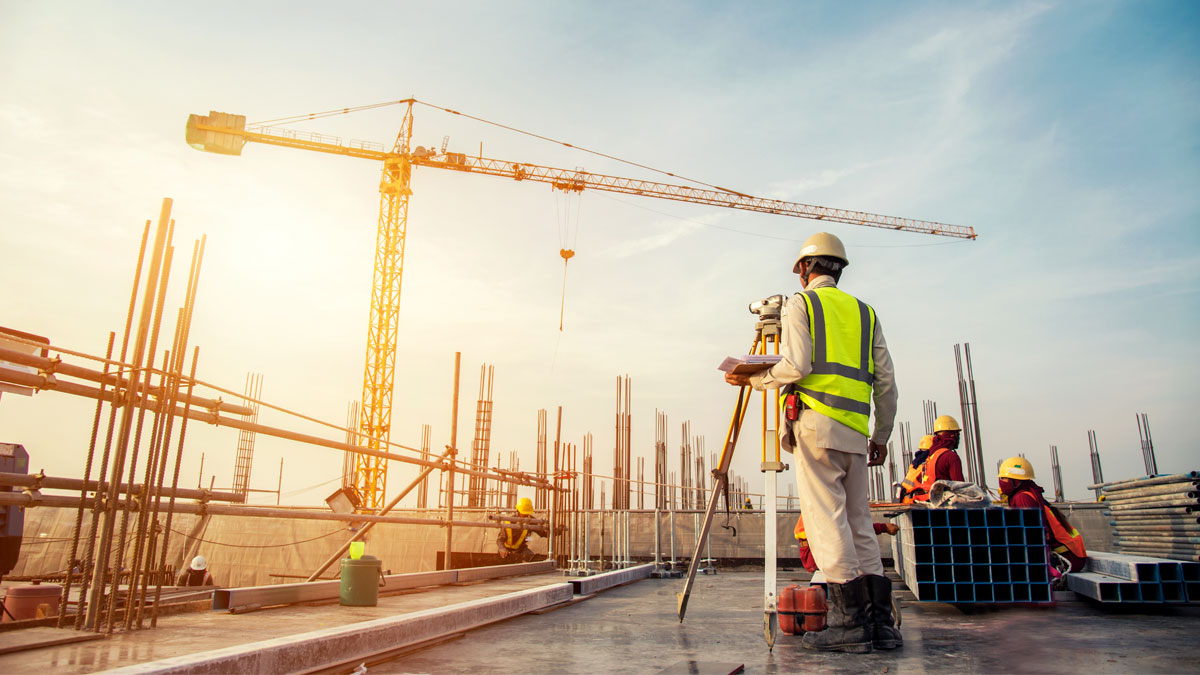Efficiency Manitoba’s Community Energy Efficiency Program will be providing funding and support over a two-year period to enable four Manitoba municipalities to hire and train an Energy Efficiency Advocate. These Energy Efficiency Advocates will create plans to help their communities lower their energy consumption and bills by participating in Efficiency Manitoba’s programs.
The following municipalities will be receiving support through Efficiency Manitoba’s Community Energy Efficiency Program:
- Hamiota Municipality
- Village of St-Pierre-Jolys
- Municipality of De Salaberry
- Municipality of Lorne (Notre-Dame-de-Lourdes)
“Energy Efficiency Advocates foster a culture of conservation and sustainability through energy efficiency in their communities,” said Minister of Environment, Climate and Parks and Minister responsible for Efficiency Manitoba Jeff Wharton. “Efficiency Manitoba’s Community Energy Efficiency Program demonstrably promotes local economic development. Advocates work closely with local businesses, residents, and municipal governments to help reduce energy consumption and associated bills, decrease greenhouse gas emissions, and create healthier and more efficient spaces in which Manitobans can live, work, and play.”
In addition to supporting the work of the Energy Efficiency Advocate, Efficiency Manitoba will provide rebates and technical expertise to support their efforts.
“We’re pleased to provide funding to municipalities to offset a substantial portion of an Energy Efficiency Advocate’s salary,” said Colleen Kuruluk, Chief Executive Officer of Efficiency Manitoba. “By providing this support, we’re removing some of the financial constraints that communities may face when attempting to set energy efficiency goals and develop an action plan to achieve them. We also provide the advocate with training, ongoing support, and direct access to our rebates and programs, further helping communities reach their energy efficiency goals.”
Building on existing energy efficiency and environmental sustainability efforts, Hamiota Municipality’s Energy Efficiency Advocate will serve their 1,250 residents by helping them make energy-efficient choices and become a greener community as a result.
“We are excited to participate in this program,” said Hamiota Municipality Mayor Larry Oakden. “Not only does it benefit our citizens, but it contributes to the success of Efficiency Manitoba and reduces excess energy usage.”
A joint application for the Village of St-Pierre-Jolys, Municipality of De Salaberry, and Municipality of Lorne (Notre-Dame-de-Lourdes) was submitted by Eco-West Canada. Supporting these municipalities, Eco-West will identify energy efficiency opportunities, engage with community groups and residents to promote sustainability efforts, and help coordinate upgrades that will benefit over 5,000 residents.
“Municipalities influence over half of all energy use and greenhouse gas emissions in Canada and need to be engaged and mobilized in order for Canada and Manitoba to meet their emission reduction targets. However, communities consistently report to us that their lack of capacity in the areas of personnel, expertise, budget, and access to funding are the main barriers to implementing their community energy efficiency plans,” said Dany Robidoux, Executive Director of Eco-West Canada.
“Through this partnership with Efficiency Manitoba, our goal is to ensure that our municipal partners, as well as their local businesses and residents, can leverage Efficiency Manitoba programs along with accessing additional building retrofit funding available through Federal funding opportunities.”
Creating and executing energy efficiency plans within Manitoba communities is a vital step in not only contributing to Efficiency Manitoba’s electricity and natural gas savings targets, but also in fostering green, robust, and thriving local economies.
Learn more about Efficiency Manitoba’s Community Energy Efficiency Program.
For more information, please email us at media@efficiencyMB.ca.











